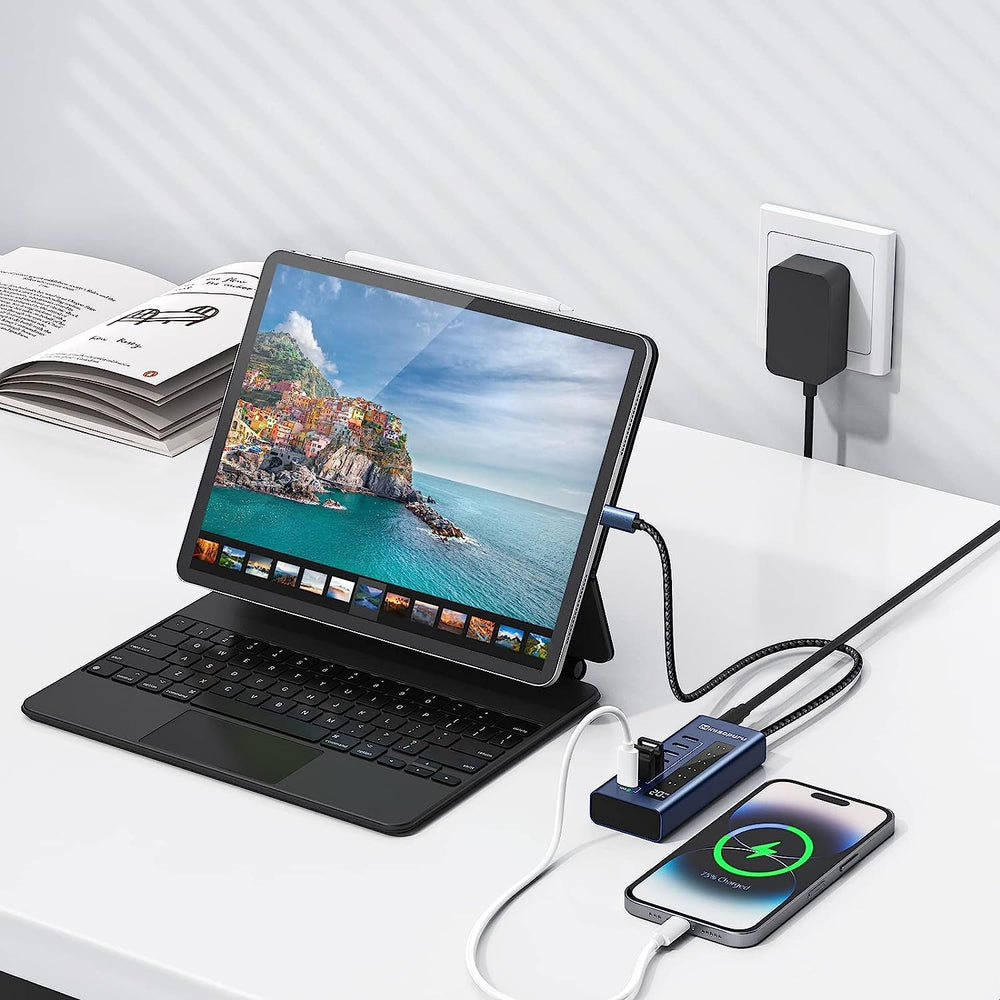Before you can use your new SSD you have to initialize and partition it. If you are performing a clean installation of your operating system, or cloning to your SSD, it is not neccessary to follow these steps. A clean installation of your operating system or cloning to an SSD will initialize and partition the new SSD.
Note: if you simply need to format/reformat a drive, only steps 5-9 below will be needed, assuming your SSD has previously been initialized.
1. Attach the SSD as a secondary drive and load Windows from your existing drive.
2. In Windows 7 and earlier, open Disk Management by right clicking on Computer and selecting Manage, then Disk Management.
3. In Windows 8 and later, move the mouse to the lower left corner of your desktop and right-click on the Start icon, then select Disk Management.
4. When Disk Management opens, a pop-up will appear and prompt you to initialize the SSD.
5. Select GUID partition table (GPT) and click OK. MBR (Master Boot Record) is best for certain legacy software compatibility, but GPT is better for modern systems and higher capacity storage devices.
6. Right-click in the area that says Unallocated and select New Simple Volume...
7. The New Simple Volume Wizard will open, click Next.
Leave the Specify Volume Size as the maximum (default value) and click Next.
8. Select a Drive Letter and click Next.
9. In the Format Partition screen, decide on a Volume label (the name you want to give the drive) and click Next.
The drive is now formatted and ready for use.

